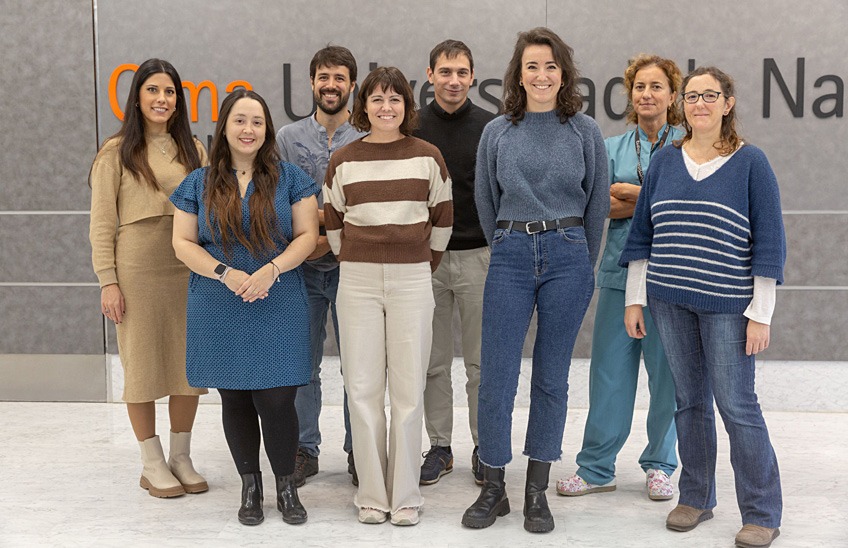Heart and vascular system developed in animal models from stem cells
The research, carried out at Cima and Clínica Universidad de Navarra, represents an advance towards the development of organs compatible with human beings.

FotoManuelCastells
/Asier Ullate, Carolina Barreda, Giula Copiello, Xabier Aranguren, Paula Barlabé, Gloria Abizanda y Elena Iglesias
08 | 01 | 2024
Organ transplantation is the definitive treatment for a high percentage of diseases that have not responded to previous therapy. However, donor shortage is a major public health problem recognized worldwide.
Researchers from the Cima and the Clínica Universidad de Navarra have implemented a technology that makes it possible to develop the heart and vascular system in mouse models. These results represent an advance towards the development of human-compatible organs.
"The generation of humanized organs in farm animals such as pigs from pluripotent stem cells is a promising approach to meet the clinical need for donors. But to obtain an organ that does not trigger rejection after transplantation, the replacement of both the cells of the organ itself and its vascular system must be achieved," explain Dr. Giulia Coppiello and Paula Barlabé, researchers in the Biomedical Engineering Program at Cima and first authors of the study.
Experimental incubator
"In this regenerative medicine work we have used mouse embryos unable to develop their cardiac and vascular system, into which we have introduced mouse stem cells. At birth, we obtained chimeras (organisms resulting from the union of genetically distinct cells) with a heart and vascular system derived from stem cells. Our study demonstrates that we can completely generate these organs from pluripotent stem cells, using the mouse as an incubator," says Dr. Xabier Aranguren, researcher head of the Biomedical Engineering Program at Cima and director of the study.
On the other hand, the scientists replicated the experimental study in mice using rat stem cells and demonstrated that a heart can be generated with stem cells from a different species than the embryo.
These results, published in the scientific journal Developmental Cell, present a breakthrough toward a possible solution to the shortage of organs for transplantation and would reduce waiting lists for patients. "In the long term, this technology could be used to generate human hearts in animals such as pigs, which could be used for transplantation or as models for human diseases. For this, the research has a long way to go to resolve possible incompatibilities between species," conclude the scientists at Cima.
The work has received funding from the Ministry of Science and Innovation and the Government of Navarra, through the Bioheart Strategic project .
reference letter bibliographic
-
Developmental Cell. 2023 Nov 13:S1534-5807(23)X
Generation of heart and vascular system in rodents by blastocyst complementation.




